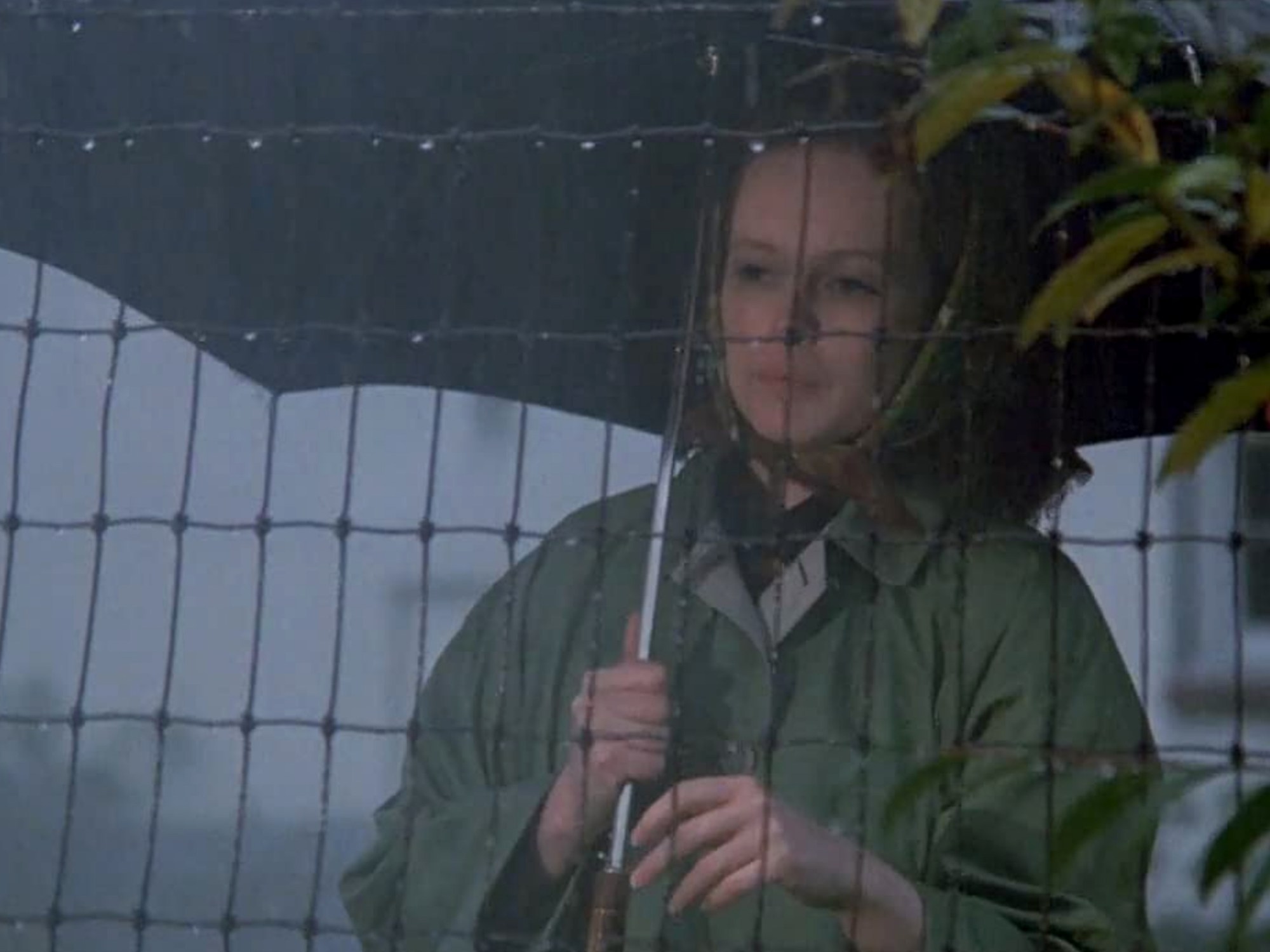
- Film
Restored by HFPA: “That Cold Day in the Park” (1969)
After his stint in the US Armed Forces as a fighter pilot during the last years of WWII where he chalked up more than 50 bombing missions, Robert Altman spent twenty years writing scripts, directing industrials and episodic television, first in Kansas City and then in Hollywood. Success came late in his career – he was 45 when he won the Palme d’Or for M*A*S*H* in 1969, his greatest works still ahead of him. His oeuvre would encompass almost 50 films in four decades.
Right before he directed M*A*S*H* though, Altman made That Cold Day in the Park, a film that is not much mentioned in his body of work as it was a commercial and critical flop. But there is much to admire in this early film as he honed his craft and developed his signature style of directing.
The story is based on the eponymous novel by Richard Miles and written for the screen by Gillian Freeman. Altman changed the setting from Paris to Vancouver because he did not get studio funding. (He was fired from his previous (and first) studio movie Countdown the year before.) It was cheaper to film in Canada and the flight from Los Angeles was only two hours. Most of the interiors were shot at the Panorama Studios in West Vancouver with location shots of Tatlow Park and Terminal City Bowling Club.
The film stars Sandy Dennis as Frances Austen, a rich unmarried woman in her 30s, living alone in a beautiful apartment across from a park. When she sees a teenager (Michael Burns) from her window shivering on a park bench during a heavy rainstorm, she offers him shelter and a meal, then invites him to stay. The boy, never named, pretends to be mute and their conversation is entirely one-sided. She puts him up in her spare bedroom, goes out to buy him clothes, and serves him breakfast in bed the next morning. Later, the boy climbs out of the window and goes home to his family and then to his sister who lives on a houseboat with her draft-dodging boyfriend, telling them of his adventure as they smoke pot together.
He goes back to Frances the next day who is happy to see him. When she is out the next day visiting a clinic to get herself birth control, the sister arrives at her apartment, takes a bath in Frances’ bathtub, and makes taunting sexual overtures to her brother. The boy finally manages to get rid of her. Frances enters his darkened room that night and offers herself to the boy, not realizing that she is talking to an empty bed as he has absconded again. She becomes unraveled when he returns, locking him in the apartment, nailing up the windows, effectively making him her prisoner. Then she goes out to hire a prostitute for the boy, watching the two voyeuristically, until something in her snaps and she commits a violent act.
The supporting cast includes Luana Anders, John Garfield, Jr. and Michael Murphy who would turn up in several subsequent Altman films. It has been reported that Jack Nicholson asked Altman if he could play the boy. Altman told him, “Jack, you’re just too old.” The role of Frances was offered to Ingrid Bergman who was offended by it; Vanessa Redgrave also turned it down, suggesting Sandy Dennis.
The psychological tension builds slowly in the film. The seemingly normal Frances seems saner than the boy who refuses to speak in the beginning. His family seems equally maladjusted. But as the narrative unfolds, it evolves into a horror story with Frances becoming more and more unhinged and obsessed with the boy. Dennis turns in a terrific performance; she would go on to work with Altman again in Come Back to the 5 and Dime, Jimmy Dean, Jimmy Dean in 1982.
Altman’s best movies are known for his ensemble casts and overlapping dialogue, and you can see some signs of his style in Cold Day. There is a scene in the clinic where the conversation of the women in the waiting room as they all talk together naturalistically is in the forefront even when the camera is on Dennis. The long unbroken opening shot of Dennis walking through the park is already characteristic of his signature camerawork, as are the numerous zoom shots.
Cold Day premiered at the 1969 Cannes Film Festival outside the competition. The critics were not kind, with the New York Times calling it “tedious, overbaked and inane.” The Observer said it was “fiction at its most foolish” and “a remarkably silly picture.” However, Altman continued his observation of psychologically damaged women in three more films: Images (1972), Three Women (1977), and Come Back to the 5 and Dime, Jimmy Dean, Jimmy Dean (1982). Altman would also film McCabe and Mrs. Miller in Vancouver in 1971.
That Cold Day in the Park was restored from the 35 mm acetate original print and track negatives and a 35 mm magnetic track with funding from the Hollywood Foreign Press Association in partnership with The Film Foundation. A fine version can be seen on Kanopy.